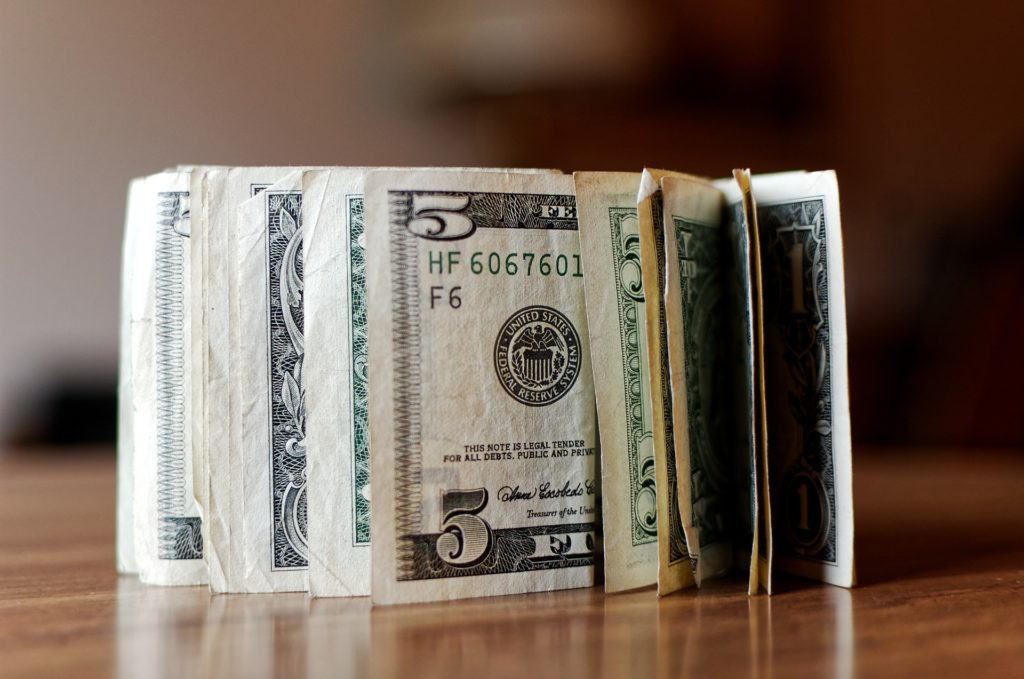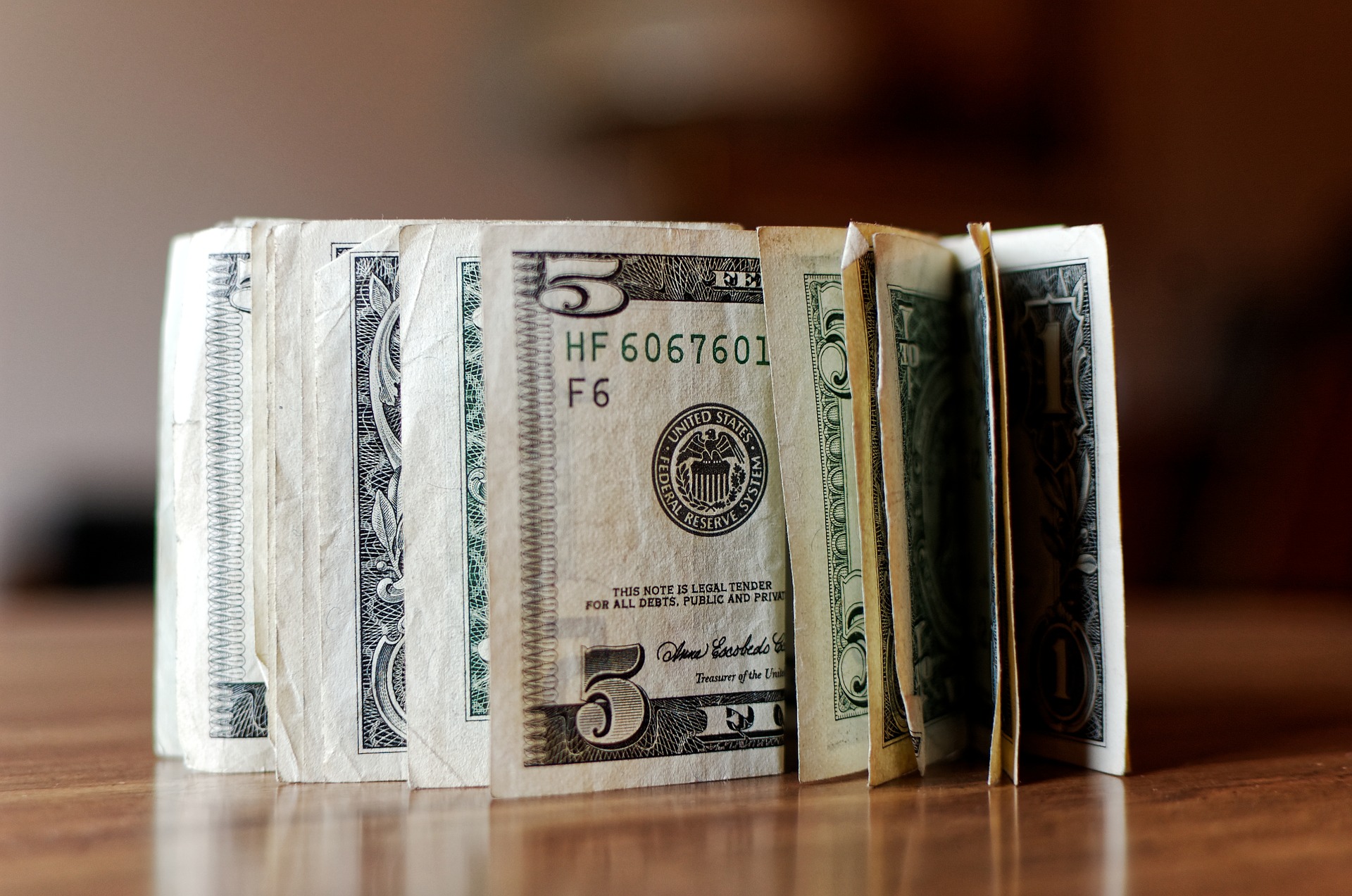
Table of Contents
How to Build an Evergreen Side-Hustle
An evergreen business is one that sells just as well five years from now (or 20), than it does today. While we can’t predict the future wants of our customers, we can design a business that will serve people over the long-game.
- We won’t focus on the hot topics in the news
- We won’t sell snake oil to squeeze a quick buck and run
- We won’t seek fads
- We won’t chase novelty
While many trend-chasers can make fast money, these business models die as soon as they start.
- Look at the Snuggie
- Look at Beanie Babies (people bought these as investments to fund their childrens’ college education)
- Look at fidget spinners
- Look at the news cycle
While an evergreen side-hustle may not be as sexy as the latest news story, it will last longer and the ride will be smoother.
Customers need evergreen products on a continuous cycle.
These needs are ever-present. Regardless of the news, the trends, or peer pressure, your evergreen side-hustle is a required staple in your customer’s life.
Your Side-Hustle Doesn’t Rely on Trends
Trends are great for fashion and news headlines, but they make for bad side-hustles.
Unless you want to recreate your entire business model every two years, it’s best to go evergreen.
Trends are fleeting.
We want to wake up in three years with more growth than we have today, not a new business idea. We want to build something that lasts.
Evergreen side-hustles, like the tree, stay green all year.
Let the next Snuggie-pusher waste her time on trends. While you might not have the same instant, mass-appeal as the trend-follower, your side-hustle will feed you much longer.
How do you know if you’re chasing a trend?
- Your idea is in the news a lot now, but hasn’t been in the past
- Celebrities are talking about your idea
- You see your idea on late-night infomercials
- Your idea depends on a certain, current, popular belief to keep selling
- Your idea will die with the next fashion cycle
- Your idea depends on some popular social site or temporary tech trend
You Focus on the Long-Game
Instead of chasing trends we focus on the long-game. We build a system of new customer acquisition, coupled with content to keep current customers returning for more.
The long-game is a steady stream of income.
We don’t try to fleece one new customer at a time with some half-blanket with sleeves. Instead, we build a solution to a lasting problem. The solution is as good tomorrow as it will be ten years from now.
Maybe your delivery mechanism grows and changes. Maybe you change the paint color, or the photo on the box—but the product holds true for years.
This is the long-game. This is an evergreen product.
The long-game is a legacy business. Picture the long game like a slow-moving, cash printing press. The money doesn’t explode over a couple months. Instead, the press keeps printing, no matter the news cycle elsewhere.
You Build Solutions, Not Hype
Solutions last. Hype-based products won’t bring you case studies or customer testimonials. Solutions work tomorrow and next year.
If we build a business on the back of some fake funnel, where you must ‘act now’ before the fake timer disappears on the never-ending digital product—you’ve got hype.
We want our customers to make their own decisions for the right reasons.
When we don’t pitch hype we sleep well, knowing how many people we help with our products.
Solutions aren’t fads.
Solutions last until they are replaced by a better solution. If you’re the first-mover, the original, you have an opportunity to make your solution the keystone of your niche.
Avoid the hype.
Hype is temporary. Hype is based on novelty and humans love novelty. Your new, fancy product will be old and dusty next month.
Hype is a recipe for life on a treadmill.
We Solve Universal Problems
Instead of building a product to serve some social media platform that will be gone in three years, we build a product to solve Maslow-level problems.
We can’t out-technology the Hierarchy of Needs.
Our ancestors needed this hierarchy before tech existed—before the written word.
When you take these base needs and build modern products around solutions for these needs—you solve a universal problem.
Universal solutions sell for a long time, no matter how niche you audience.
We Don’t Have to Re-Create Our Business Every Two Years
Once a trend cycle is done, so is your trend-based business. This means you must start again, chasing a new trend.
If you build an evergreen side-hustle you solve the trend-chasing problem. You get more time to improve your work as your business grows.
Not only will your evergreen business prevent your from resetting every couple years, you also get a stronger hold on your market, because you have more time to improve your product year-over-year.
Our Products Create Transformation
Evergreen ideas take your customer from where she is now (the current, bleh, ordinary world), to where she wants to be.
We paint the picture of what her life will be like with our product in it.
We have proof our product works. We show the proof. We believe in our product so much that this enthusiasm bleeds-through into our sales copy.
Evergreen products elevate the customer.
We remind her we’re in business to serve her—that we’ll be here tomorrow and next year.
If there isn’t some kind of transformative component of our product, it will be hard to convince the customer she needs it.
Evergreen side-hurdles are transformative in some way.
You Build Customers, Not Buyers
Customers choose tribes. Customers stick with you for a long time, becoming frequent buyers, not impulse buyers.
Basic buyers don’t care about the business. They want a quick fix and they’re gone to the next marketer who grabs their attention.
We want customers.
Customers forgive when you make mistakes. Customers become collectors. Customers see the real human on the other end of the business. Customers tell the others.
Our best people also become our biggest advocates.
Yes, dad products create peer-pressure buying. You get much peer pressure with an evergreen side-hustle.
What you will get is a steady stream of buyers, new and old.
Evergreen side-hustles build legacy.
There’s no legacy in snake oil or fidget spinners.
How Do We Know If We’ve Built an Evergreen Side-Hustle?
Step in the customer’s shoes. Will a similar customer have the same problem in ten years? Twenty years?
Evergreen topics include:
- Making more friends
- Better health
- Losing weight
- More money
- More customers
- Safety
- Comfort
- Better job
- Less stress
- More productivity
- Look better
- Eat better
- Escape for relaxation
- Remove a pain
- Take away an annoying task, chore, or daily burden
None of these items will be any less-relevant in 20 years. You can safely say that now without any crystal ball into the future.
Evergreen Can Also Mean More Competition
Universal problems are attractive. Smart business owners know that evergreen side-hustles are easier to maintain than creating a new business every couple years.
The more-popular your niche, the more competition you’ll have.
Look at the diet space, or the fitness space.
These are near-universal categories. The competition is near-impossible. If you want to compete in these areas directly you need thick skin, years of perseverance, and deep pockets.
Health, diet, and wellness will always be evergreen topics. Fitness is not a fad. A certain workout or piece of equipment may be a fad, but the overall category of fitness is evergreen.
If you chase an evergreen business, competition is a must. If there’s no competition in your space you may have a product no one wants.
Unbearable competition is too much, but if there’s none, run away from your idea. It’s probably a dud.
While it will be tough to try and be everything to everyone, there’s a better way to avoid an overcrowded space.
We Specialize to Stake Our Claim
Many people want evergreen side-hustles. If you start a generic diet business today you’ll be in a fight for eyeballs with thousands of top players.
This is not the case if you specialize—take an inch-wide, mile-deep niche.
When you specialize you plant a flag and tell your tribe, “I’m here for you. This is the exact solution for your problem and you won’t find it anywhere else.”
We stake our claim and dominate our tiny niche.
You can always expand later, but it’s best to specify first.
Find a niche with a lot of competitors—brutal competition even. Then, try to specify your side-hustle down to a manageable tribe, where you become the top player without many others in your tiny space.
We can’t be everything to everyone.
We can’t be everything to most people. What we can be is the perfect solution to one of their toughest problems.
We have the answers now.
We’ve got a framework that lasts. We have a product that works just as good today as it will in 20 years, because there’s no trend influence.
We’ve got evergreen on our side.
Solve a problem that’s just a relevant today as it will be in five years.
While there are no guarantees in any business, if you start with an evergreen side-hustle you position yourself to build a legacy.
August Birch is an author, email expert, and entrepreneur from Michigan, USA. As a self-appointed guardian of writers and creators, August teaches indies how to make more work that sells and sell that work once it’s made. When he’s not writing or teaching, August carries a pocket knife and shaves his head with a safety razor
